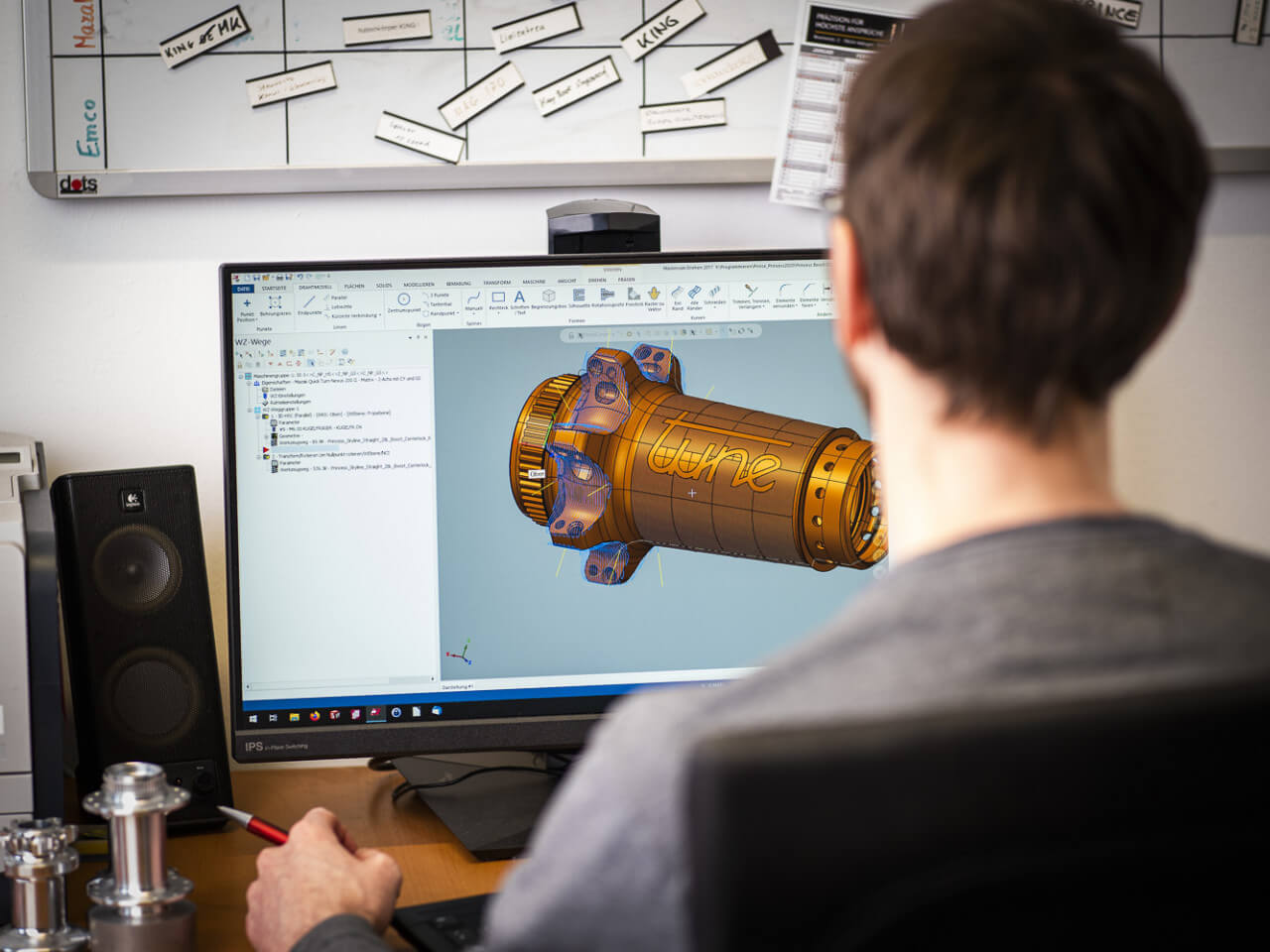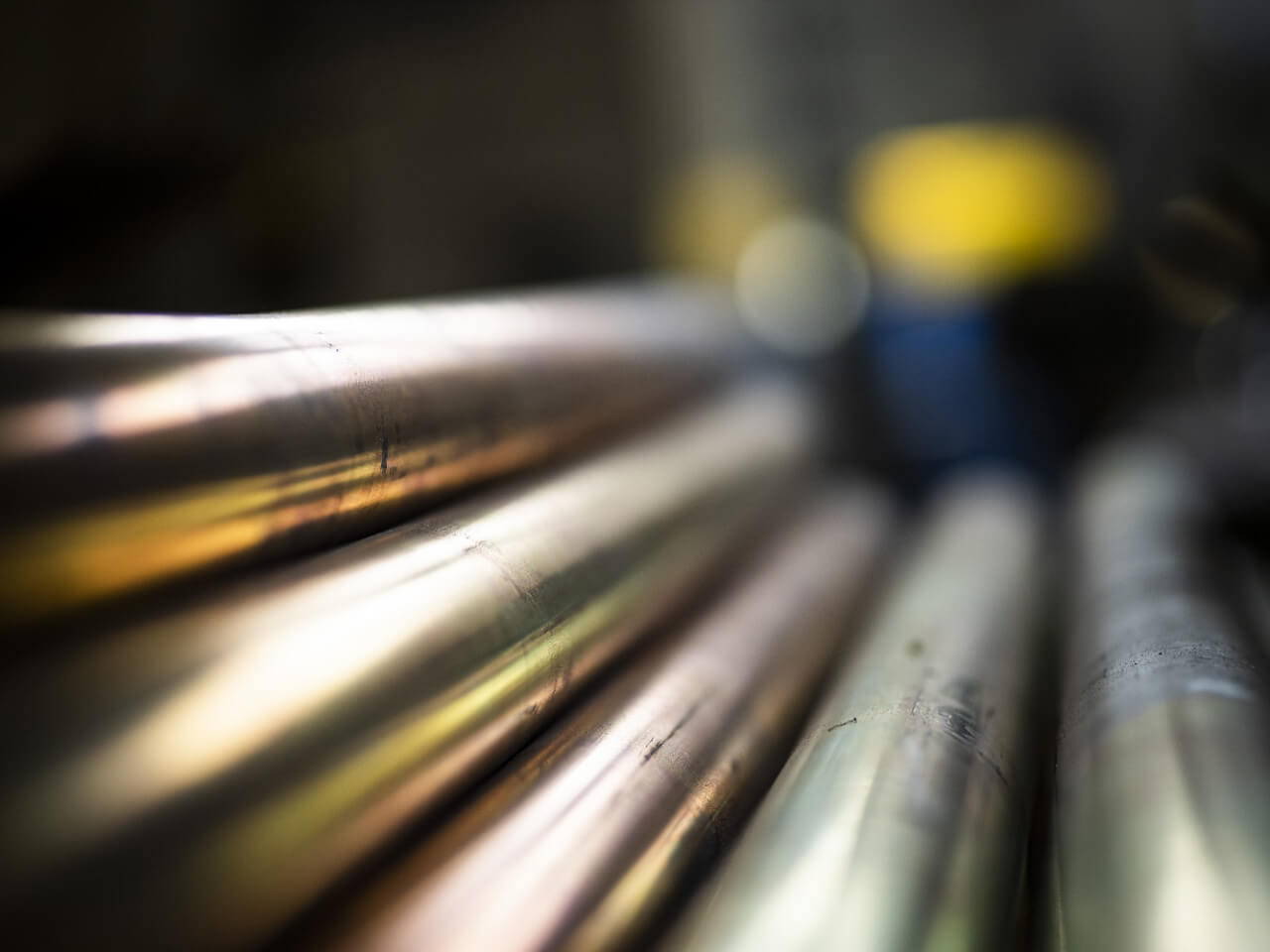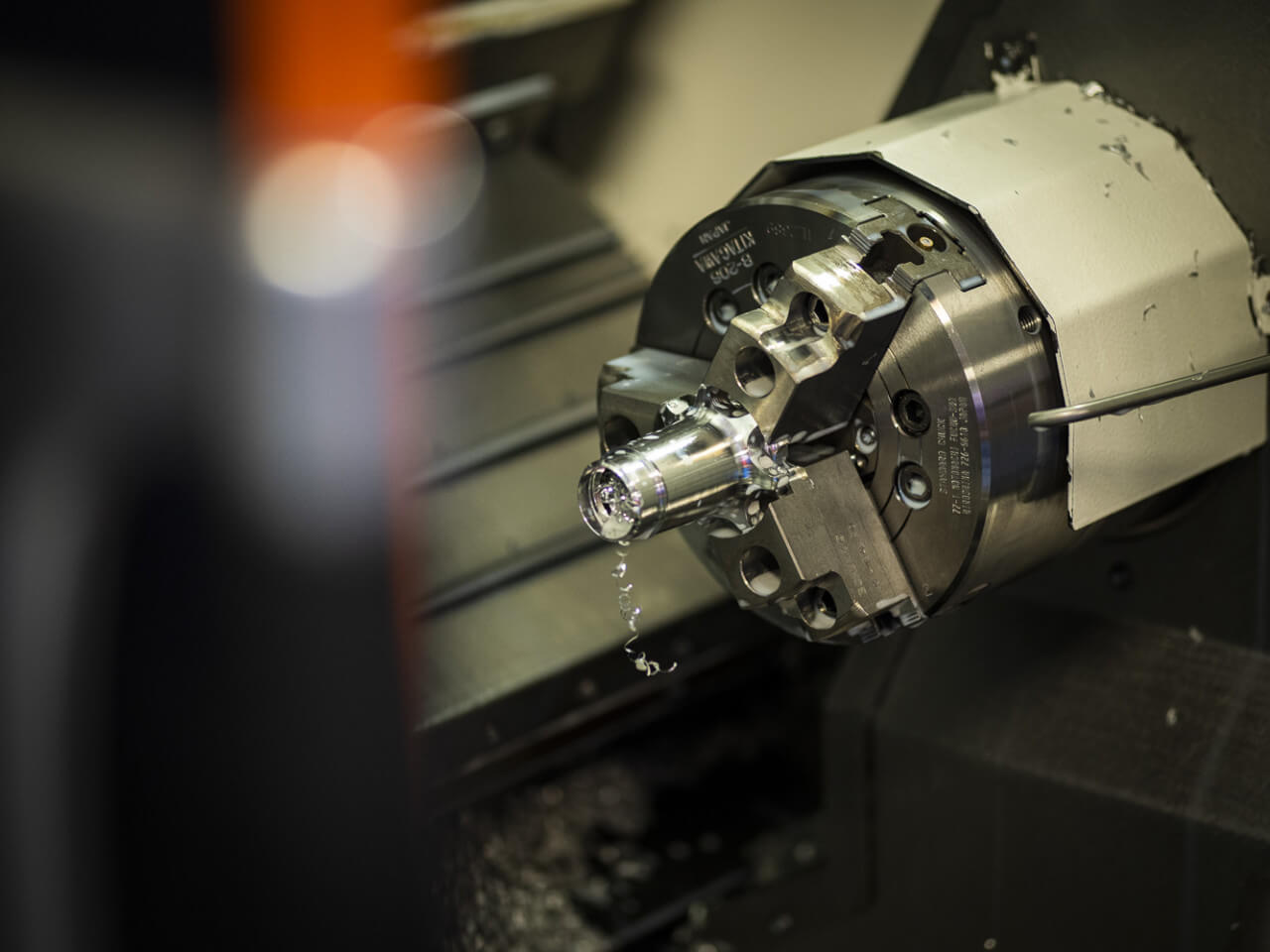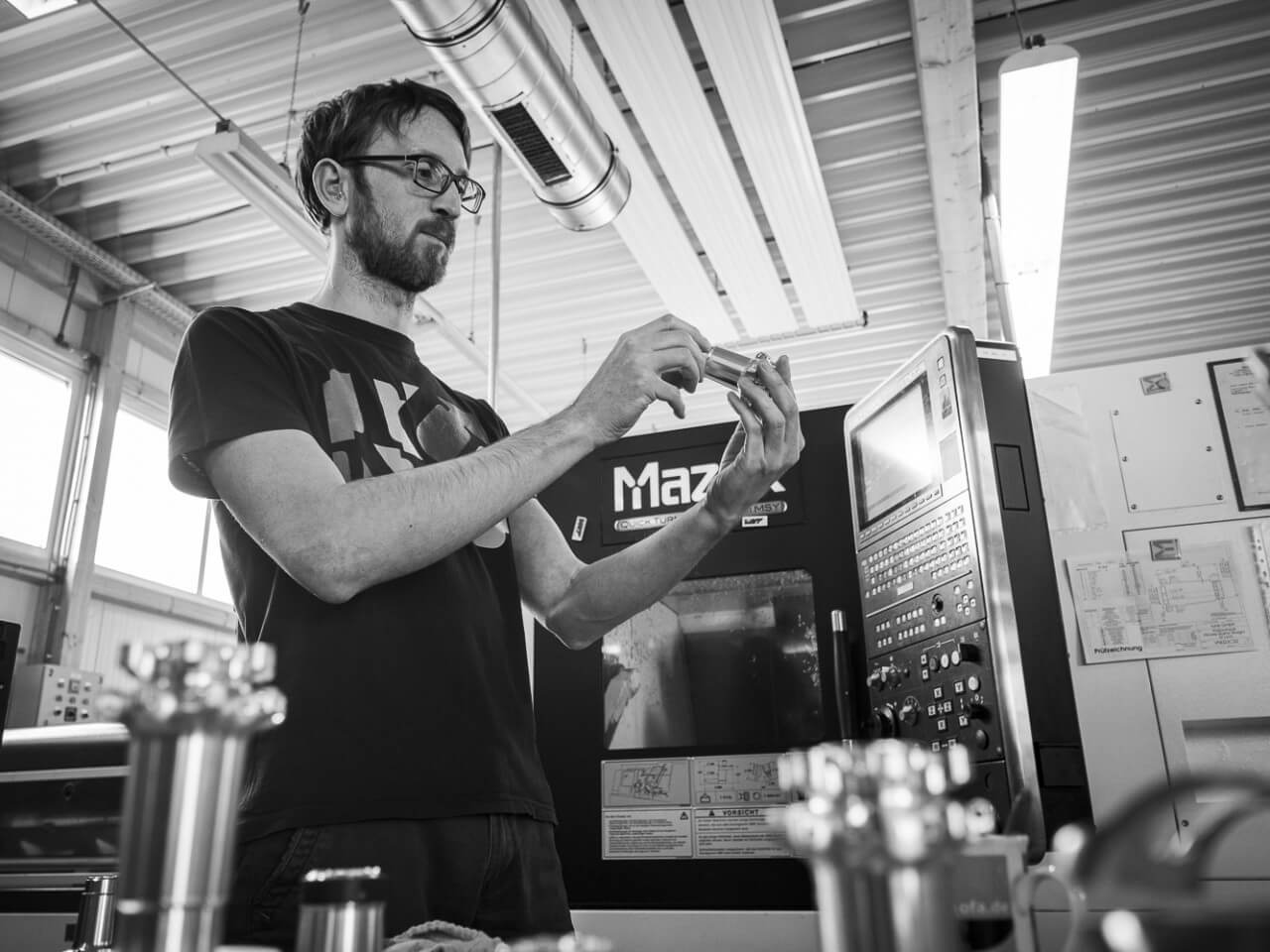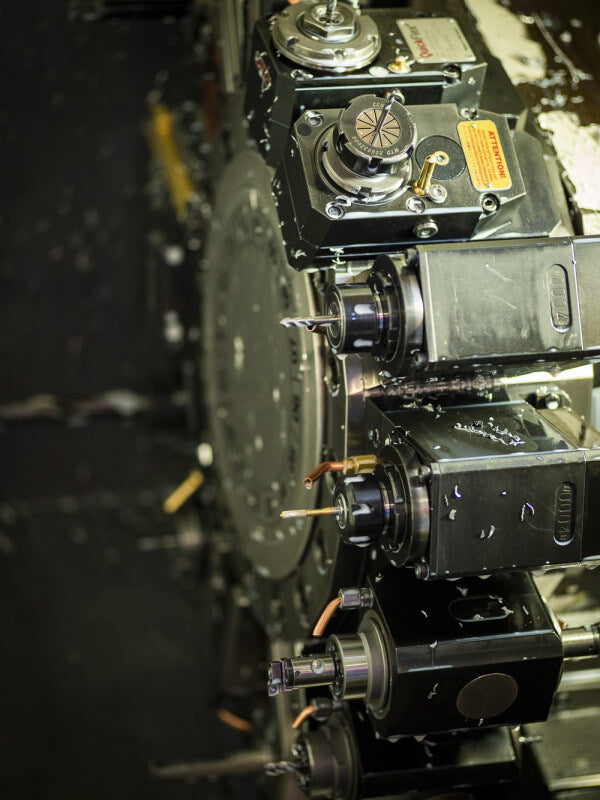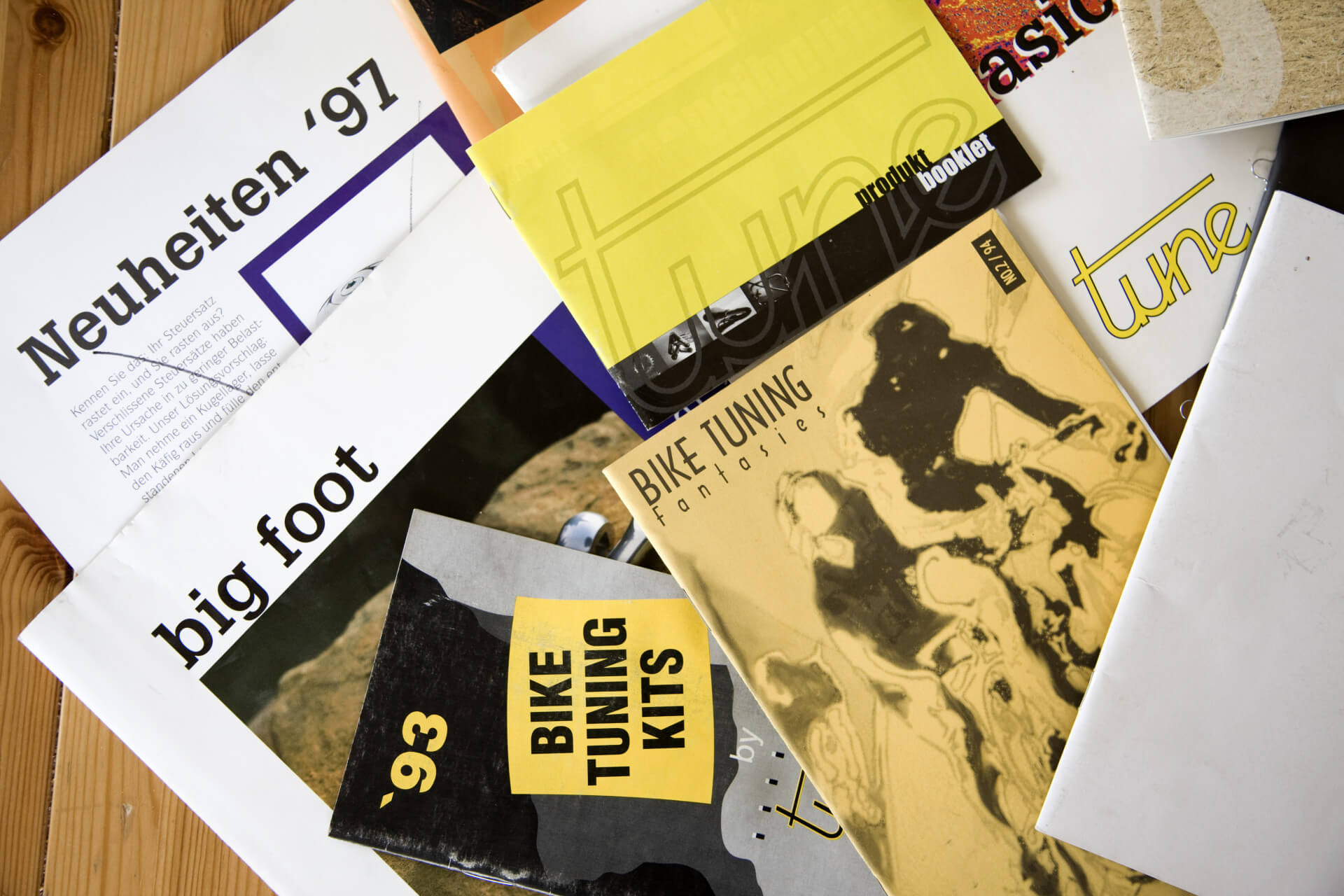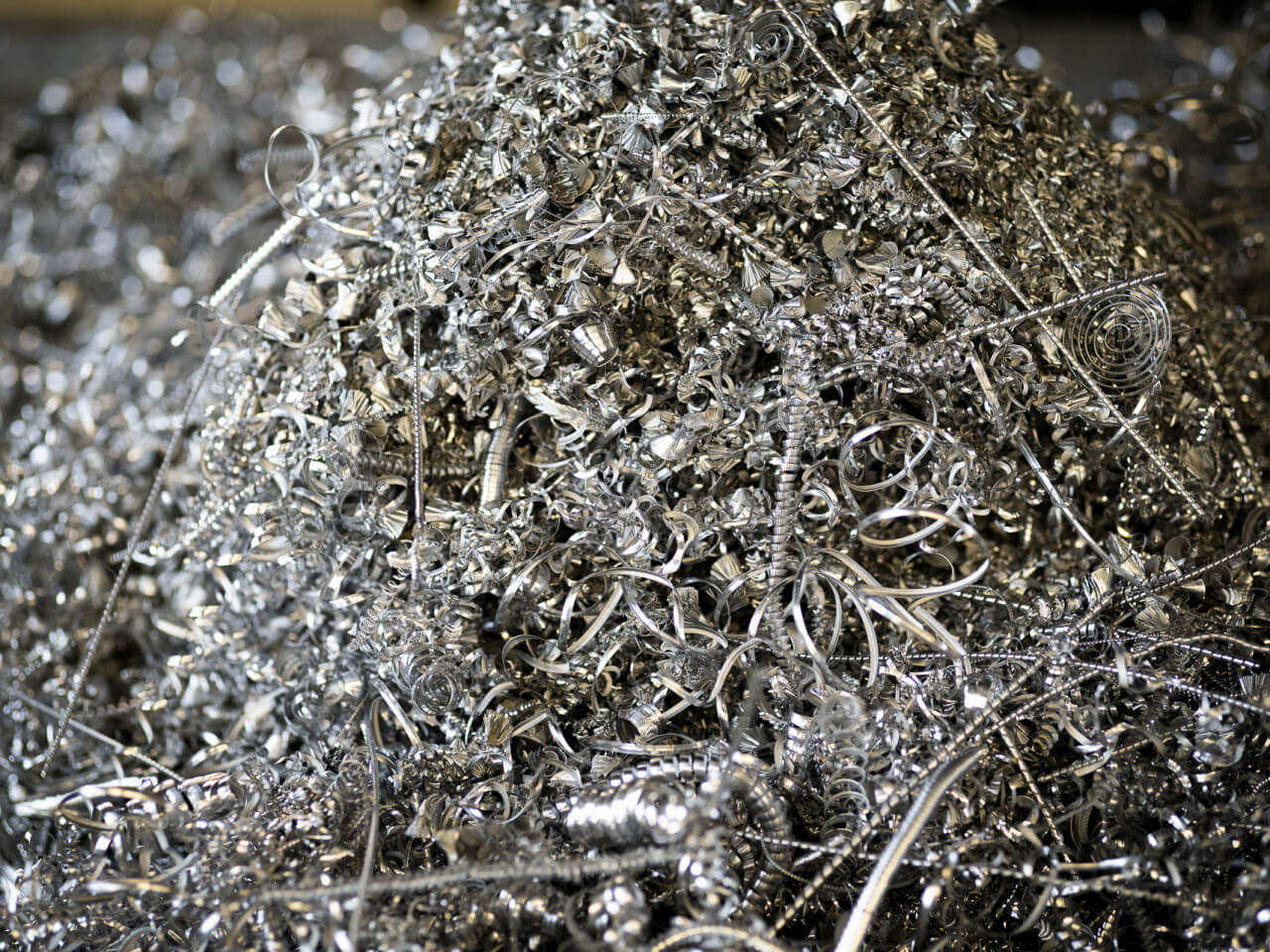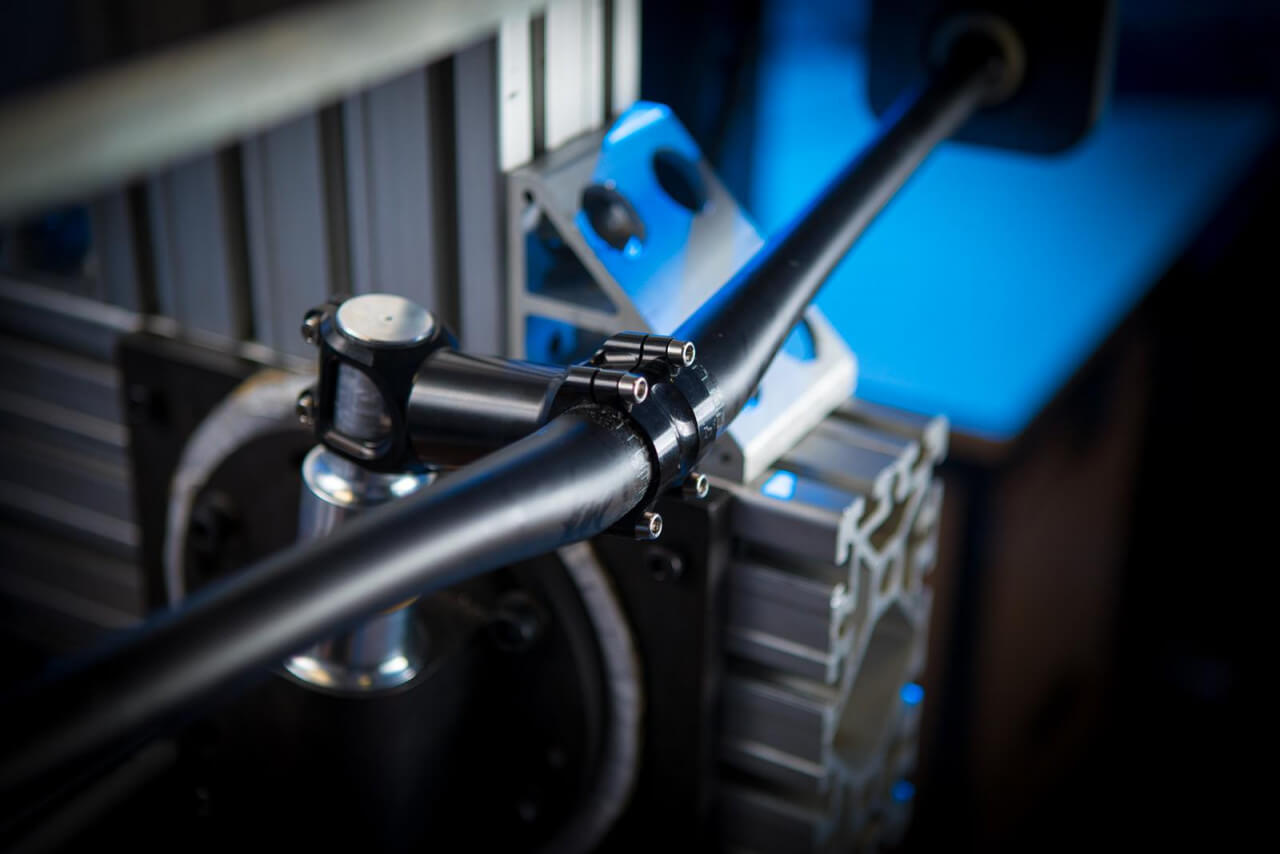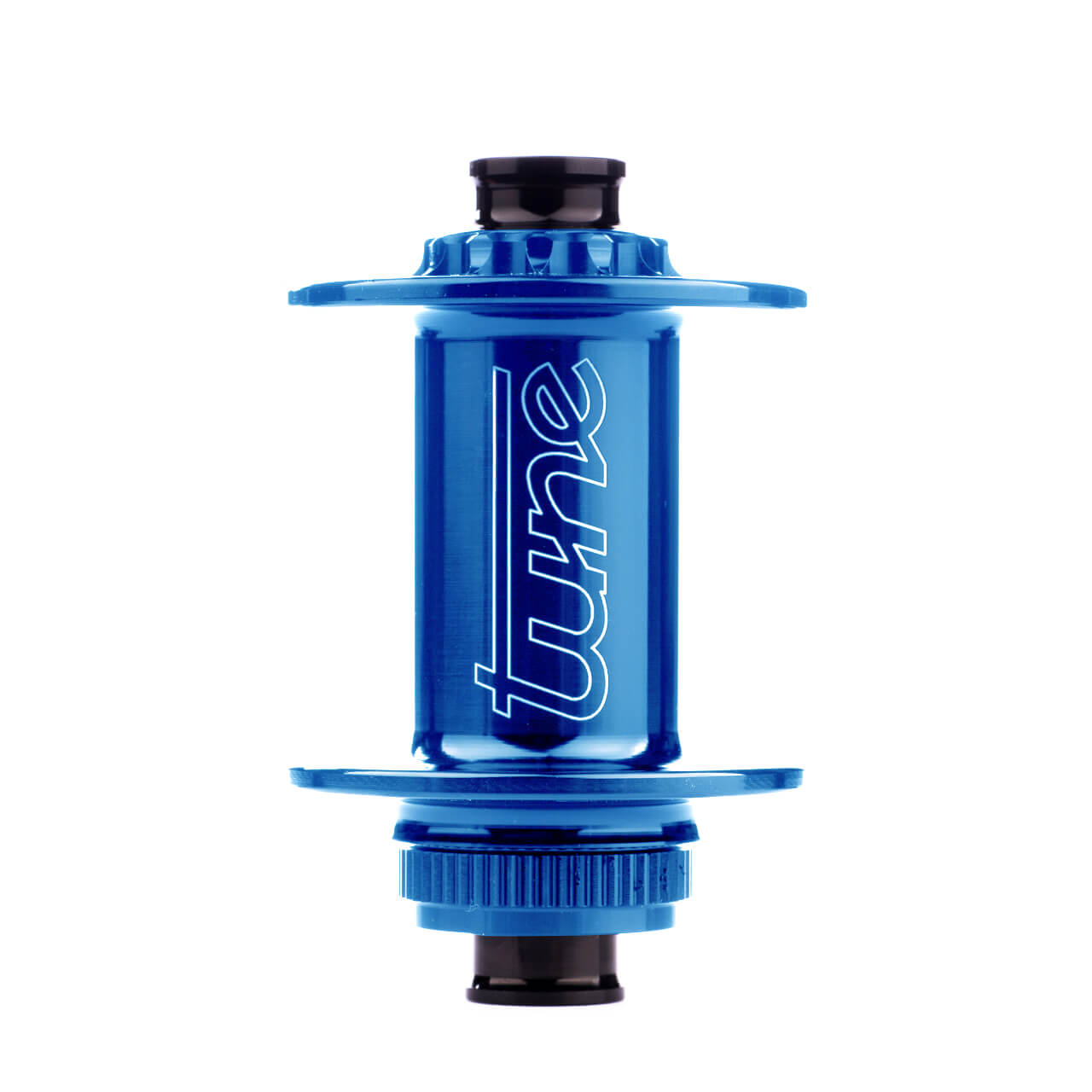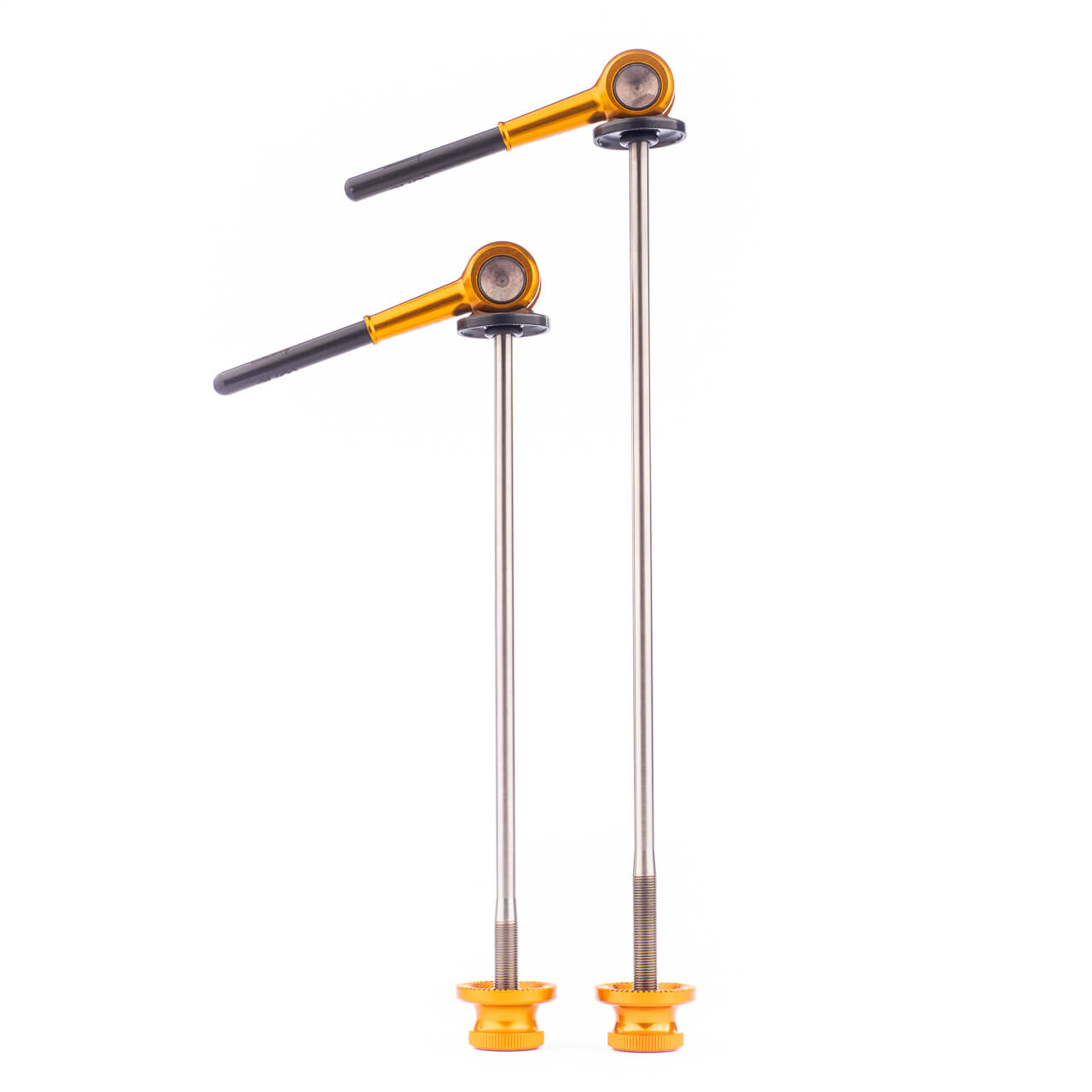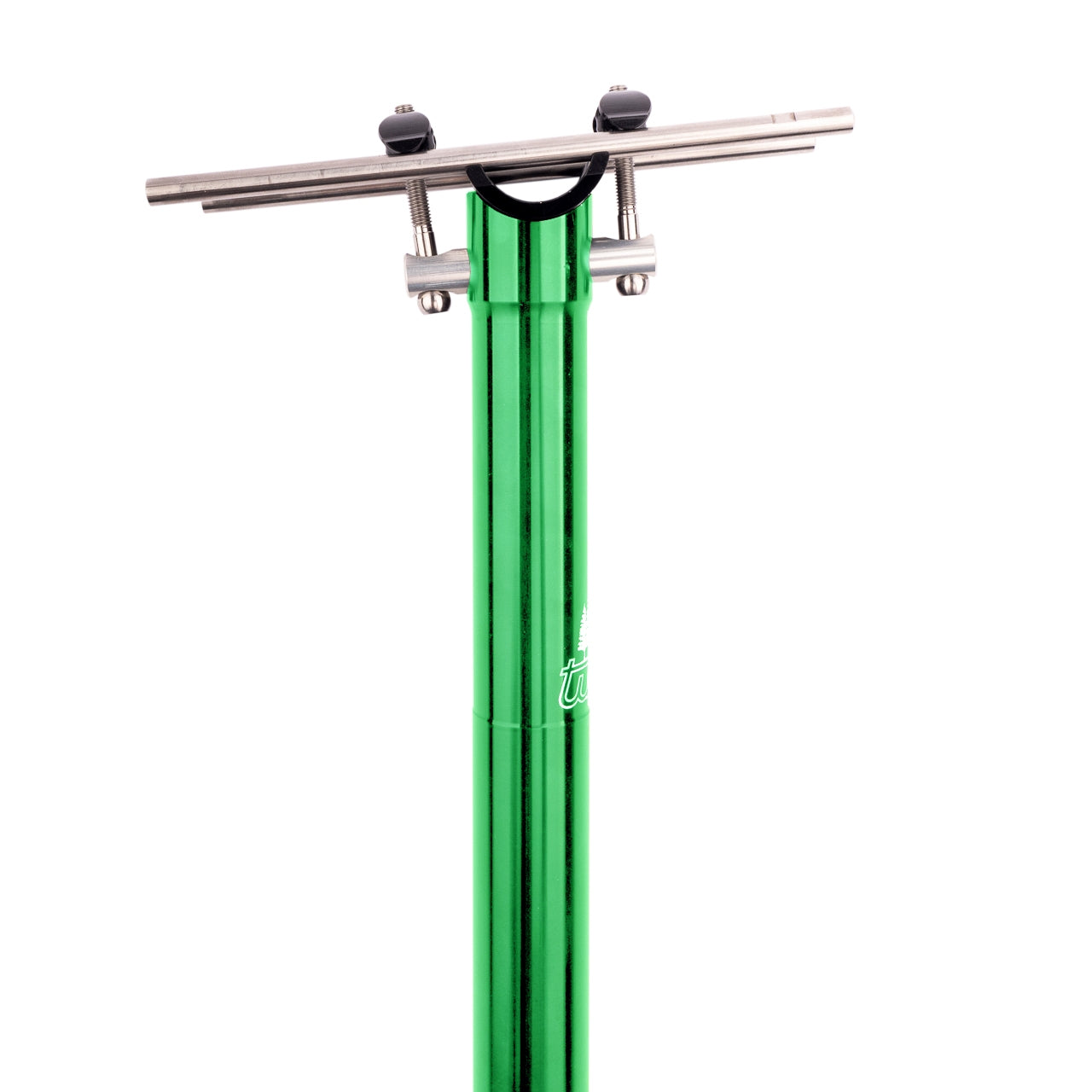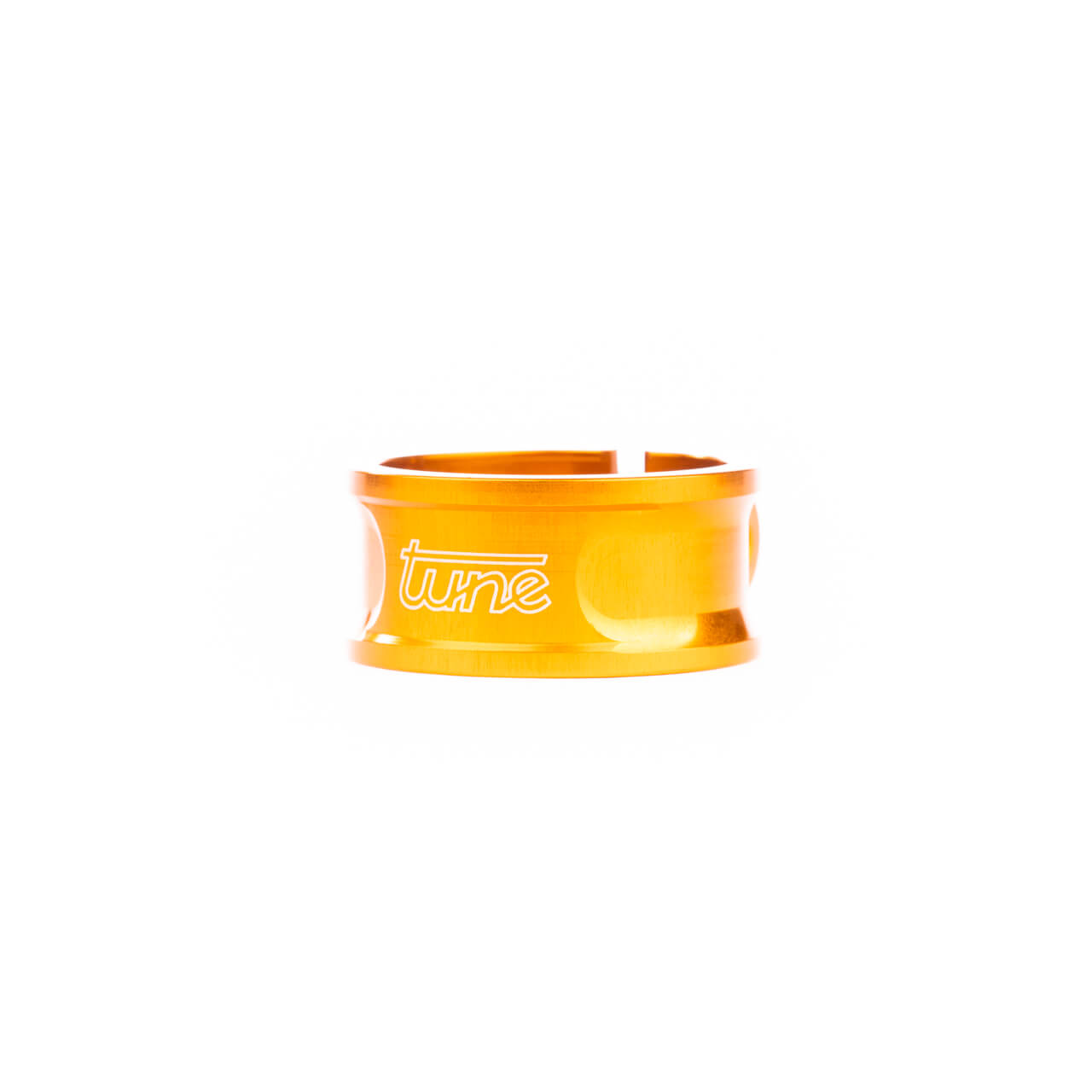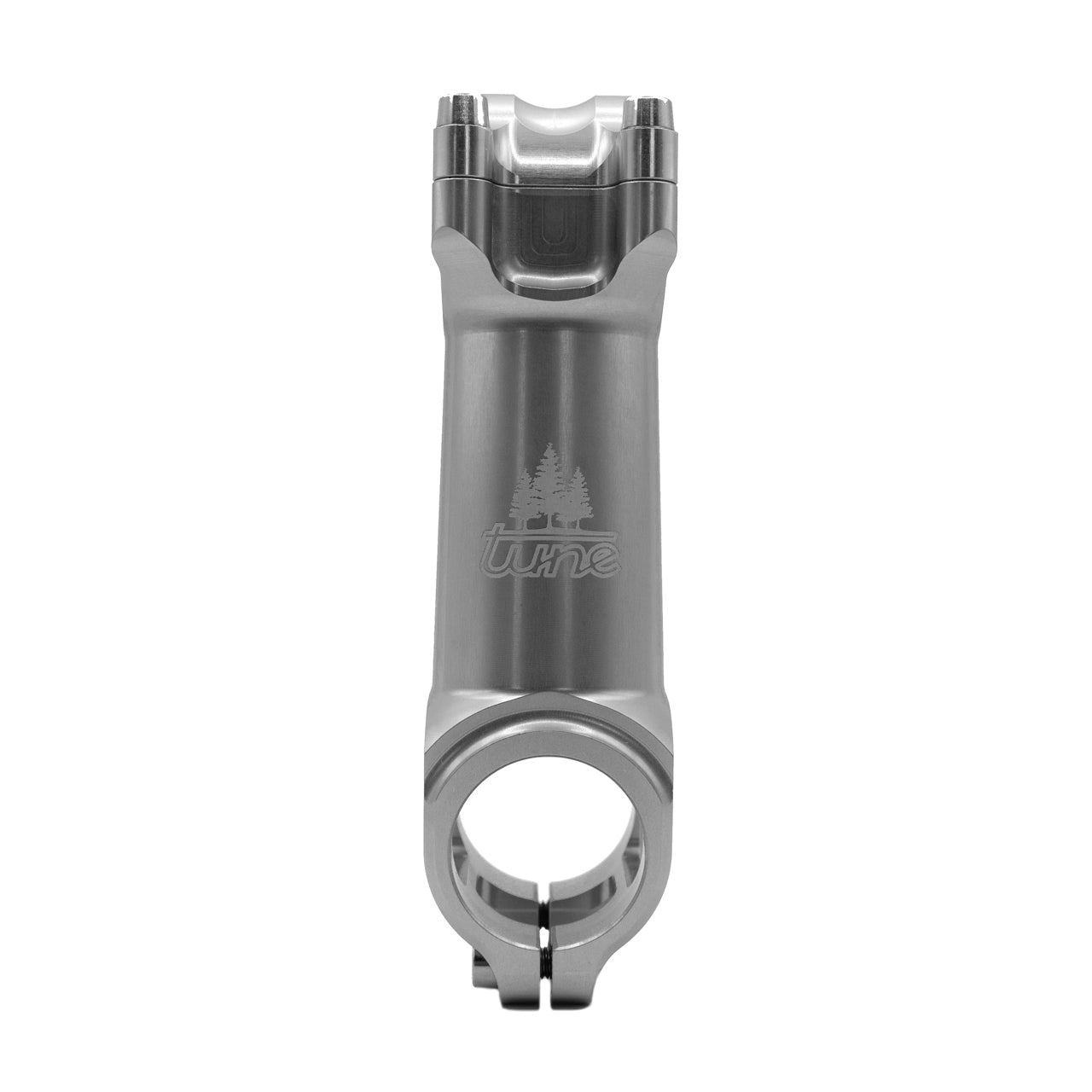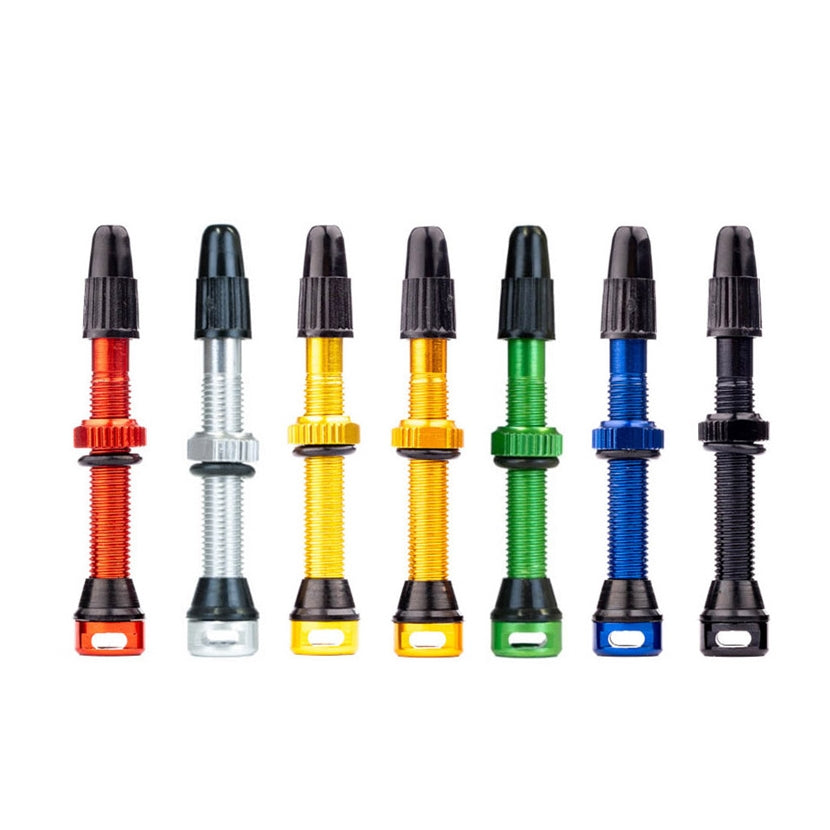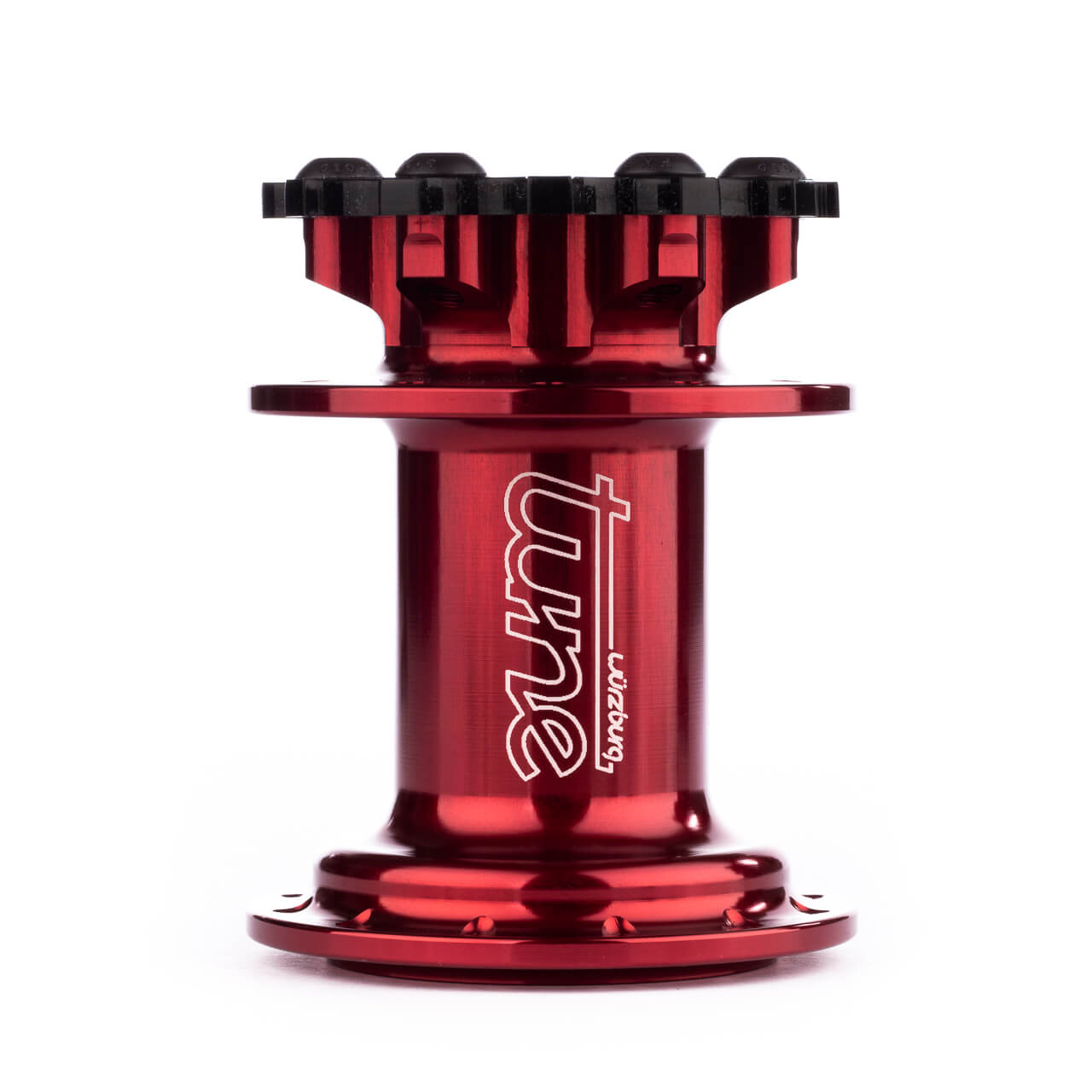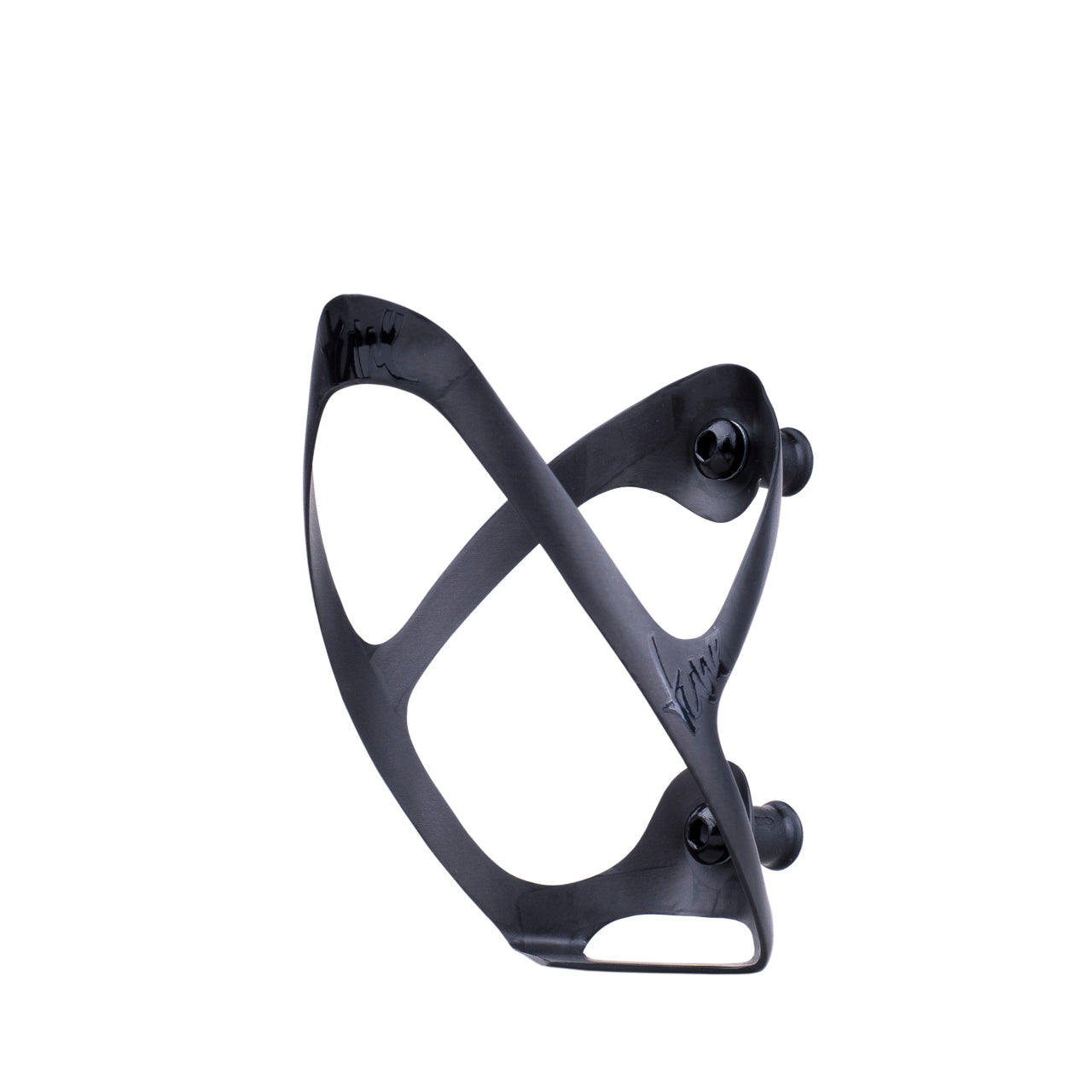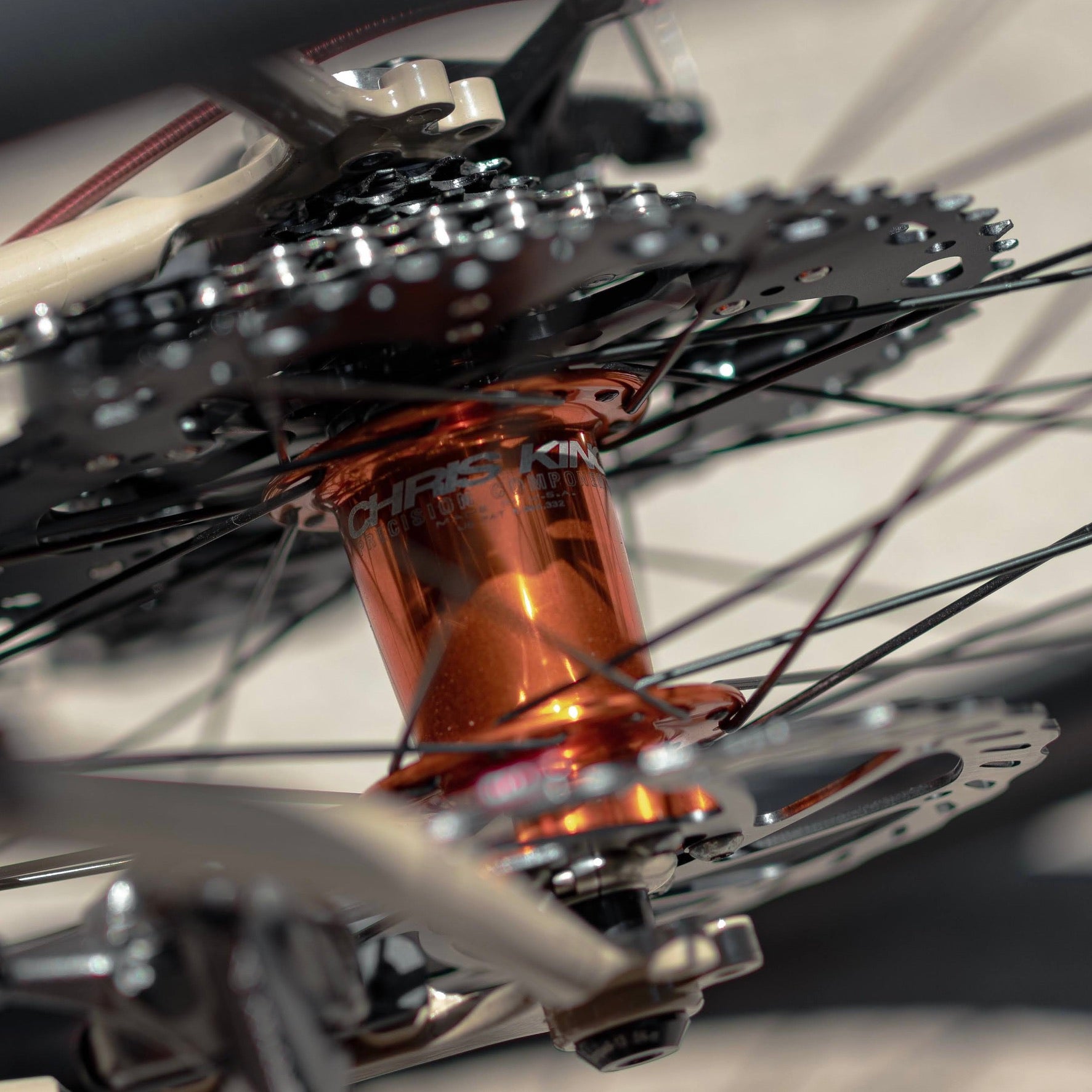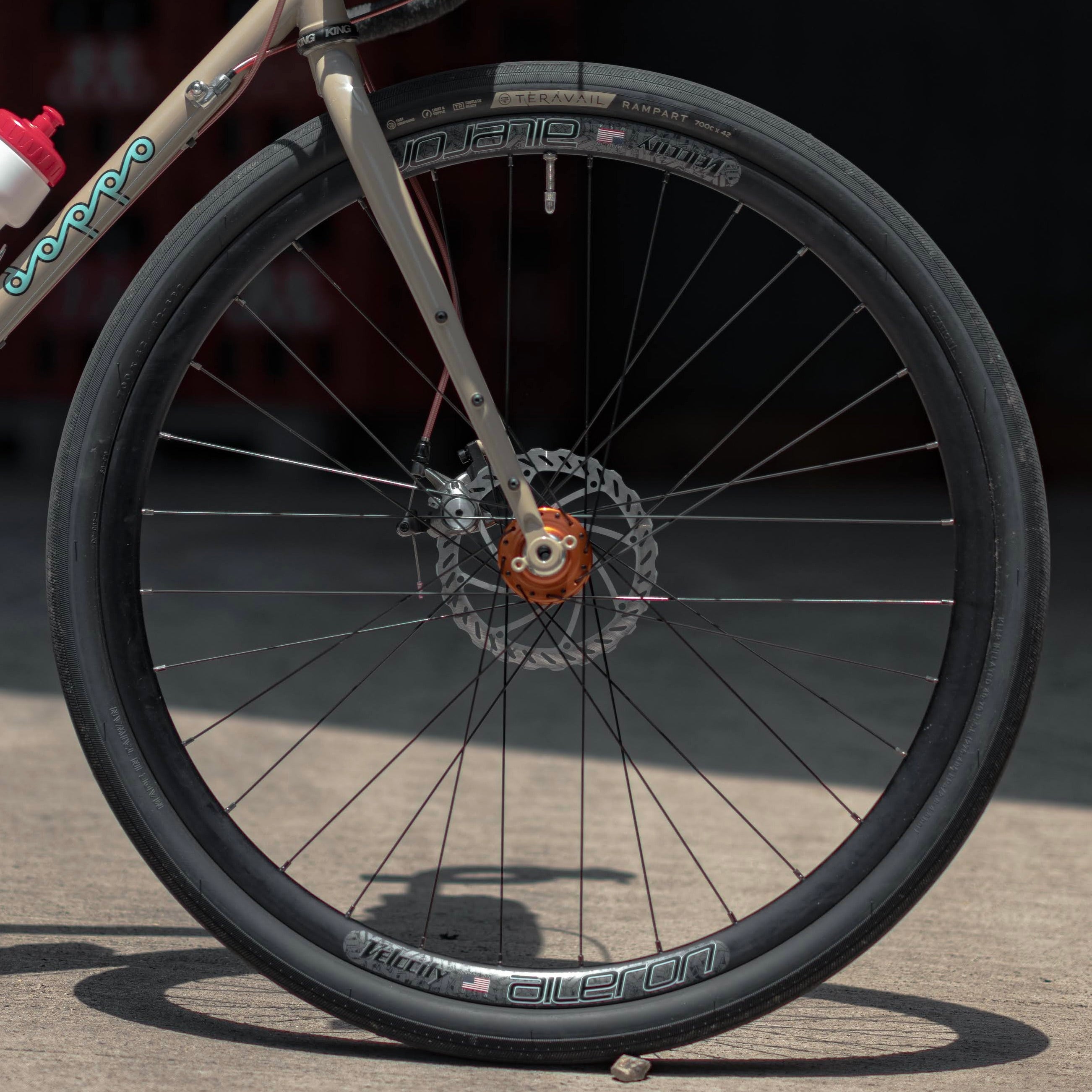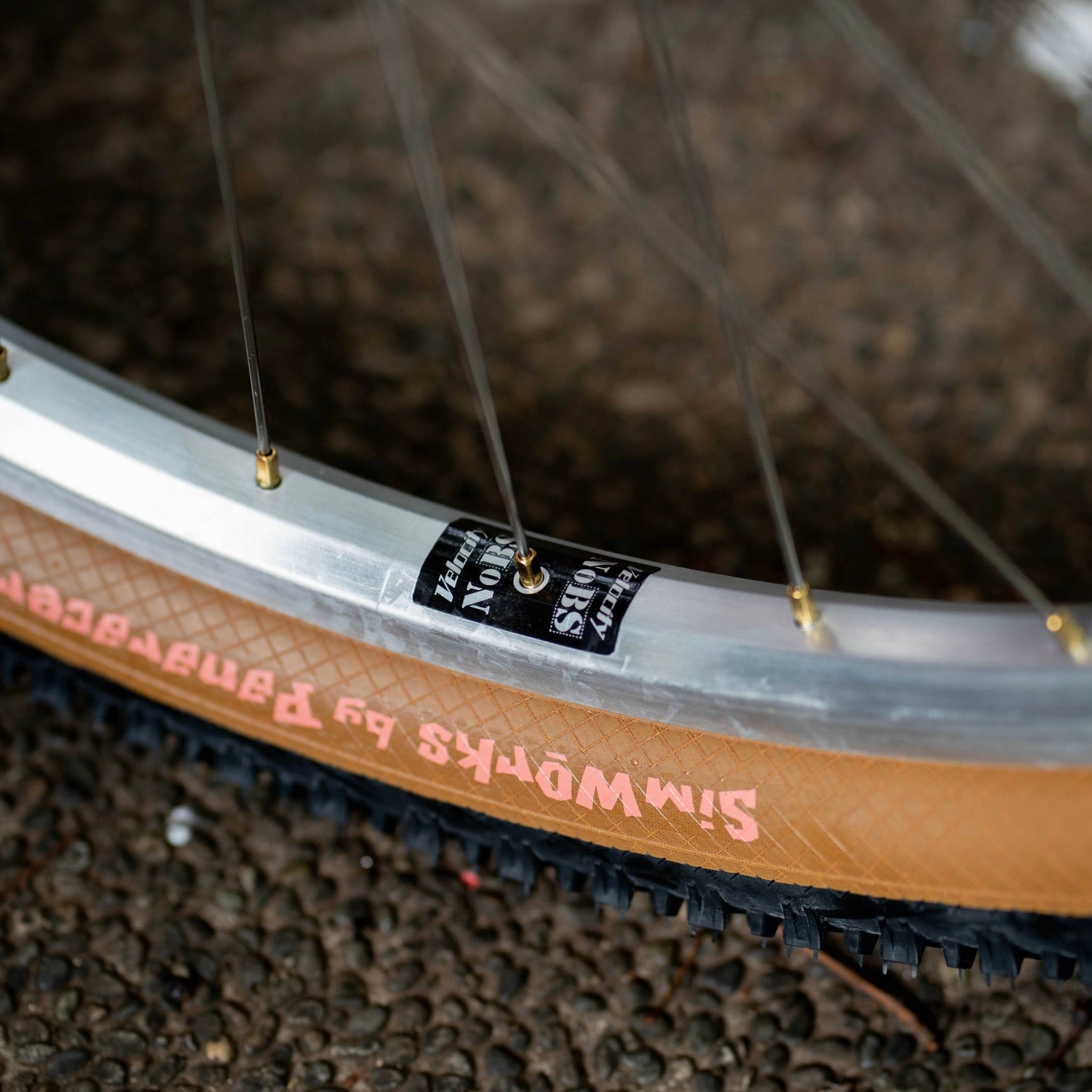TUNE' s history began in 1988. Uli Fahl was born in Schwarzwald, which means "Black Forest" in the southwestern part of Germany bordering France, working as a chemist for a lubricant manufacturer and climbing in the Alps on weekends. He was working as a chemist for a lubricant manufacturer and climbing in the Alps on the weekends when he suddenly started thinking about "how to make the weight of the bike a little lighter for more fun riding.
TUNE's cockpit parts such as the quick release, the oldest in the company's history, stem, seat post, and seat clamp, which combine outstanding lightness and durability, and hubs with a full range of conversion kits and small parts.
All are precision-machined from a single block of aluminum, with a superb surface finish and seven different vibrant colors, and all are produced with an unquenchable passion and inquisitiveness.
What is The heart of tune
In-house production
In-house production is at the core of TUNE. In the company's own factory, elaborate parts are machined on lathes and milling machines using the highest quality alloys.
Friedhelm and Dennis are responsible for all stages of production. From raw materials to finished machined parts, they use their solid hands and experience to get the job done. The 3D-CAD model of the product is converted into a code that can be executed on the CNC machine with the help of modern software. Finally, Friedhelm uses the best tools and correct production methods to produce the highest quality bicycle parts in the world.
Machining
Once the program is created, the machine, equipped with the appropriate tools, begins production. Thanks to automated solutions, CNC machines can produce autonomously for several hours.
Using a variety of tools, the desired part is gradually formed from the raw material. After machining, only about 10-15% of the raw material remains as finished parts. The scraps generated are collected and recycled according to type.
When switching to different parts, the machine must be fitted with different tools and measured for dimensions. This setup process takes time and precision, but ensures repeatability when producing different parts.
Quality control
During production, the dimensional tolerances of the parts are constantly checked to ensure perfect quality.
The most exacting tolerances, for example the housing of the bearings in the hub, can change dimensionally even with factory doors opened during the winter months, so each hub body is inspected one by one in the post-process to ensure that it meets the required tolerances.
A complete test report is provided for every part. Inspection procedures and tolerances are detailed in the reports and serve as a guide to facilitate the quality control process.




